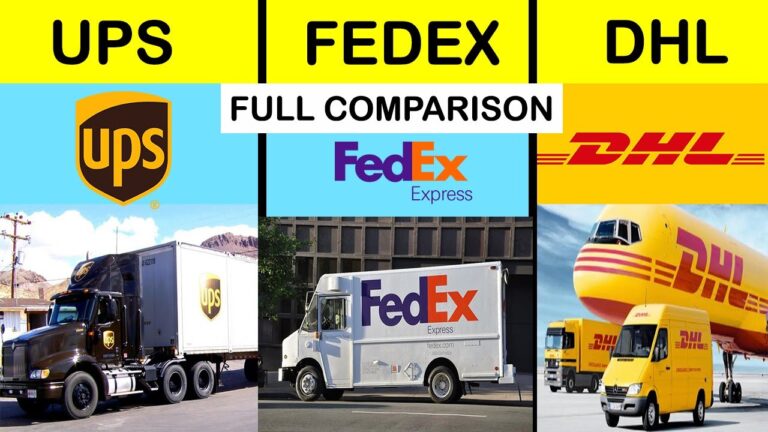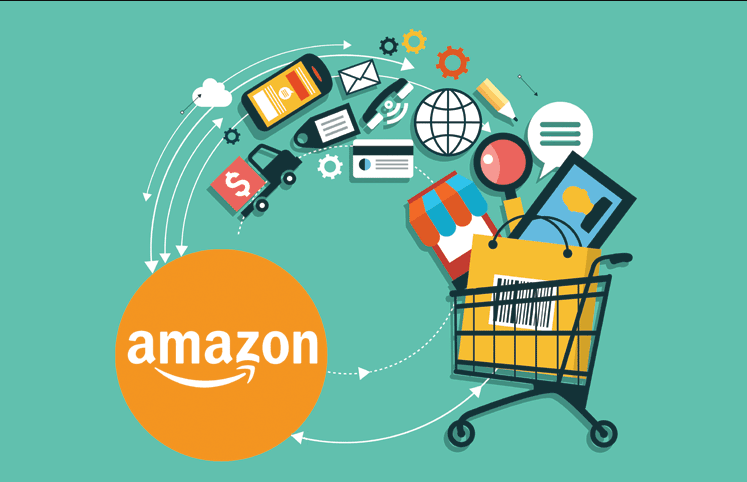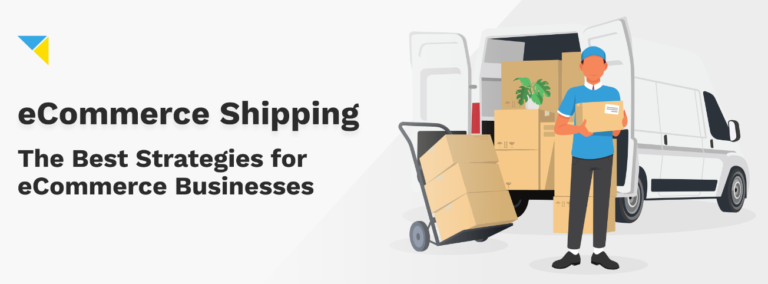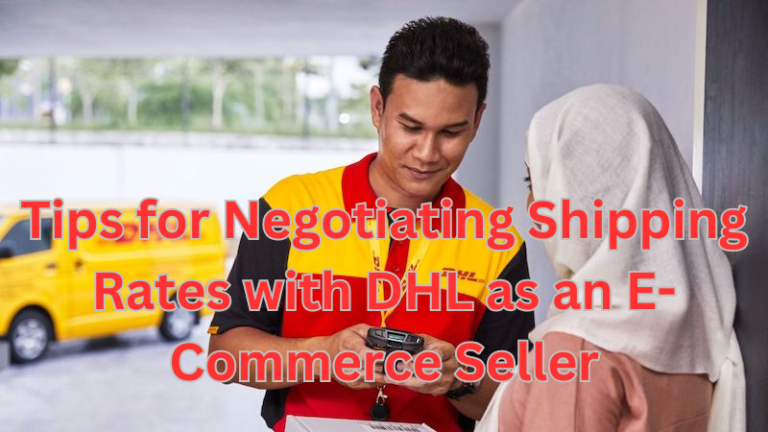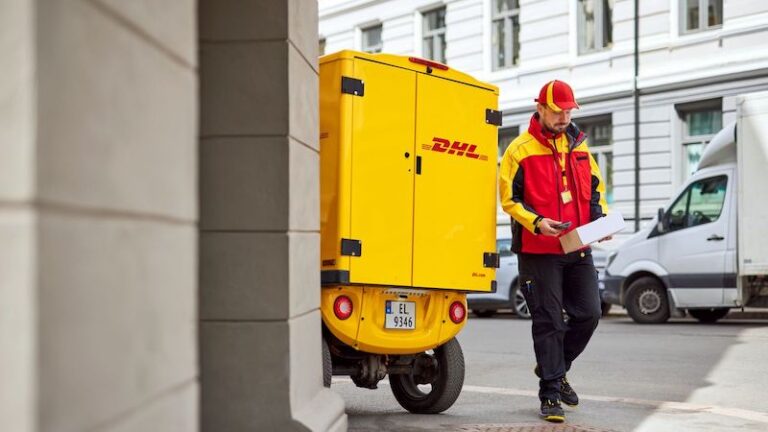E-Commerce Packaging: Sustainable Practices and Branding Opportunities
In recent years, the e-commerce industry has witnessed exponential growth, revolutionizing the way consumers shop and businesses operate. With this surge in online shopping comes a critical consideration: packaging. E-commerce packaging plays a pivotal role not only in protecting products during transit but also in enhancing brand identity and sustainability efforts. In this comprehensive guide, we delve into the realm of e-commerce packaging, exploring sustainable practices and the branding opportunities they present.
1. The Importance of E-Commerce Packaging
E-commerce packaging serves multiple purposes beyond mere product protection. It is often the first physical interaction a customer has with a brand, making it a vital component of the overall shopping experience. Well-designed packaging can leave a lasting impression, fostering brand loyalty and driving repeat purchases. Additionally, as consumers become increasingly environmentally conscious, the sustainability of packaging materials is a growing concern.
2. Sustainable Packaging Materials
a. Recycled Materials: Utilizing recycled materials for e-commerce packaging not only reduces waste but also lessens the environmental impact of production. Materials such as recycled cardboard, paper, and biodegradable plastics are popular choices for eco-conscious brands.
b. Biodegradable and Compostable Packaging: Biodegradable and compostable packaging materials offer a sustainable alternative to traditional plastics. These materials break down naturally, reducing the burden on landfills and ecosystems.
c. Renewable Resources: Packaging made from renewable resources, such as bamboo, cornstarch, and sugarcane, is gaining traction in the e-commerce industry. These materials are sourced from replenishable crops, making them a more sustainable option.
d. Minimalist Design: Adopting minimalist packaging designs not only reduces material usage but also lowers shipping costs and carbon emissions. Streamlined packaging also enhances brand aesthetics and aligns with the preferences of modern consumers.
3. Implementing Sustainable Packaging Practices
a. Right-Sizing Packaging: Overly bulky packaging not only wastes materials but also increases shipping costs and carbon emissions. Implementing right-sizing strategies ensures that packaging is appropriately sized for the product, minimizing excess space and material usage.
b. Eco-Friendly Fillers: Traditional packaging fillers, such as styrofoam peanuts and bubble wrap, are harmful to the environment. Switching to eco-friendly alternatives like shredded paper, biodegradable air pillows, and compostable foam peanuts reduces waste and supports sustainability efforts.
c. Reusable Packaging: Introducing reusable packaging options, such as tote bags or sturdy boxes, encourages customers to reduce waste by repurposing packaging materials. This not only promotes sustainability but also strengthens brand loyalty through practicality and eco-consciousness.
d. Collaborative Efforts: Partnering with suppliers and logistics providers committed to sustainability ensures a cohesive approach to eco-friendly packaging throughout the supply chain. Collaborative efforts can drive innovation and streamline sustainability initiatives.
4. Branding Opportunities in E-Commerce Packaging
a. Customization and Personalization: Customizing e-commerce packaging with branded designs, logos, and messages creates a memorable unboxing experience for customers. Personalized packaging reinforces brand identity and fosters a sense of exclusivity and loyalty.
b. Storytelling Through Packaging: E-commerce packaging presents an opportunity to share the brand’s story, values, and sustainability initiatives with customers. Incorporating storytelling elements into packaging design establishes an emotional connection and enhances brand authenticity.
c. Interactive Elements: Interactive packaging features, such as QR codes, augmented reality experiences, or gamified elements, engage customers and encourage interaction with the brand beyond the point of purchase. These interactive elements add value to the unboxing experience and leave a lasting impression.
d. Social Media Integration: Encouraging customers to share their unboxing experiences on social media platforms through branded hashtags or incentives amplifies brand visibility and creates user-generated content. Leveraging social media integration in packaging design extends the reach of marketing efforts and cultivates a community around the brand.
6. Case Studies in Sustainable E-Commerce Packaging
a. Patagonia: Known for its commitment to environmental sustainability, outdoor apparel brand Patagonia implements eco-friendly packaging solutions. Patagonia utilizes recycled and recyclable materials for its packaging, including cardboard boxes made from post-consumer waste. By prioritizing sustainability in packaging, Patagonia reinforces its brand values and resonates with environmentally conscious consumers.
b. Etsy: As a platform for independent artisans and sellers, Etsy encourages its sellers to adopt sustainable packaging practices. Through its “Eco-Friendly Packaging Guidelines,” Etsy provides resources and recommendations for sellers to use recycled and recyclable materials, minimize waste, and reduce their environmental impact. By promoting sustainable packaging among its sellers, Etsy aligns with its community-driven ethos and fosters a culture of sustainability within its marketplace.
c. Loop: Loop is a pioneering initiative that offers reusable packaging solutions for consumer products. Partnering with major brands like Unilever, Procter & Gamble, and Nestlé, Loop provides durable, refillable containers that are collected, cleaned, and reused, eliminating single-use packaging waste. By embracing a circular economy model, Loop transforms the way products are packaged and consumed, setting a new standard for sustainability in e-commerce.
7. Future Trends in E-Commerce Packaging
a. Smart Packaging: The integration of technology into packaging, such as RFID tags, NFC chips, or QR codes, enables real-time tracking, authentication, and interactive experiences for consumers. Smart packaging enhances supply chain visibility, improves inventory management, and enhances the overall customer experience.
b. Biodegradable Packaging Innovations: Ongoing research and development in biodegradable materials, such as algae-based plastics, mushroom packaging, and edible packaging, offer promising alternatives to traditional packaging materials. These innovative solutions hold the potential to further reduce environmental impact and address sustainability challenges in e-commerce packaging.
c. Personalized Packaging Automation: Advancements in automation and digital printing technologies enable cost-effective customization and personalization of packaging at scale. Automated packaging systems can dynamically generate unique designs, messages, and graphics based on customer preferences and order details, enhancing the personalization and branding capabilities of e-commerce packaging.
8. Conclusion
In conclusion, the evolution of e-commerce packaging represents a convergence of sustainability, innovation, and branding opportunities. By adopting sustainable packaging practices, businesses can minimize environmental impact, meet consumer expectations, and differentiate themselves in a competitive market landscape. Leveraging branding opportunities in packaging design enables businesses to forge emotional connections with customers, strengthen brand loyalty, and drive business growth. As e-commerce continues to thrive and evolve, embracing sustainable packaging and branding strategies will be essential for businesses to succeed in a rapidly changing landscape. By prioritizing sustainability and creativity in e-commerce packaging, businesses can not only make a positive impact on the planet but also drive long-term success and customer satisfaction.


